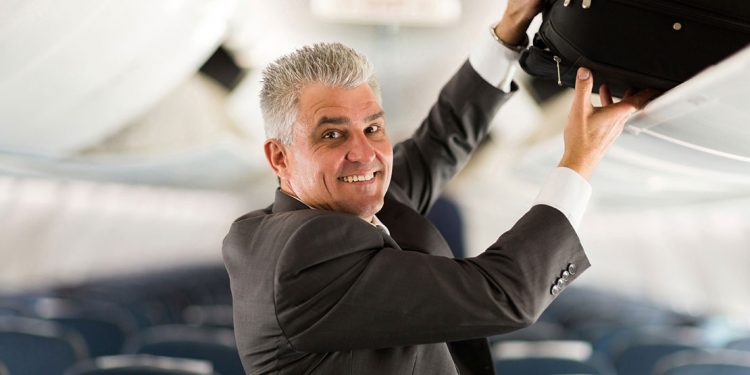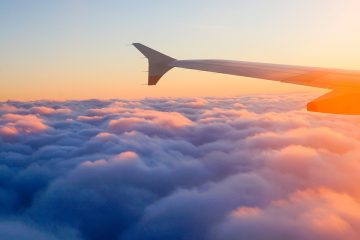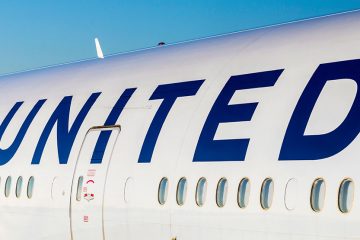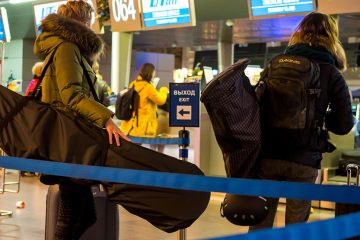A Better Flight Experience for Older Travelers is Only a Few Simple Steps Away
Little Things Can Make a Big Difference
The most valuable piece of travel advice is to plan ahead. That goes for any type of travel, but is especially helpful for senior travel.
When you book your flight, whether online, over the phone or in person, choose your seats and make any special requests you might have at the same time. A couple that come to mind immediately are dietary needs and special assistance getting around the airport.
If you’re on a flight that provides meal service, most airlines can provide special meals accommodating religious and/or medical needs on request. Determine which specialty meal meets your needs, then either make your request online or call the airline ahead of time to place your request.
It’s a good idea to double check the airlines 24 to 48 hours ahead of the flight to make sure they have the request. And again, when you arrive at the airport, advise the gate agent and flight attendants that you ordered a special meal.
Airport Assistance
As an older traveler, if you think you’ll need assistance getting to and from your gate, on and off the plane or — if you don’t have a direct flight — to another gate when you land, ask the airline to give you wheelchair assistance.
Again, double check this 24 to 48 hours ahead of when you’re traveling.
Getting to the Airport
If I’m headed out for a long trip, I use a car service to get to and from the airport. The cost may be more than long term parking, but I find it well worth it because it relieves any anxiety I might feel having to try and find a space, get the shuttle, lug my luggage, etc.
And on the return, all I have to do is exit the terminal and the car is there waiting.
I always try to be at the airport at least 1½ hours before my flight for domestic flights and 2½ hours before international flights. This enables me to be relaxed, take my time through security, get a snack and get to the gate in plenty of time.
Make sure you double and triple check your gate number on the departure monitor. Sometimes flights are moved from one gate to another and the announcement made over the P.A. can be hard to hear.
Security
There have been plenty of changes in airport security over the years. Nowadays, going through security can be a challenge — unless you’re prepared.
I wear slip on shoes so they’re easy to take off and put back on. And when I’m packing my carry-on bag, I make sure my medications and computer are easy to reach and get out.
Always carry your medications with you — never pack them in checked luggage.
If you fly through an airport that offers TSA PreCheck, going through security becomes a lot easier since you don’t have to take anything off or out of your bag.
Choosing Your Seat
There is a great debate when it comes to where the best airplane seats are. Personally, there are several things I take into consideration.
First, if you can handle the requirements for exit row seating, try to get one. There are certain requirements to sit there, which vary by airline, so check their specific policy.
There may also be an extra charge for that seat, but if you meet the requirements and are willing to pay a bit more, the rewards of having more leg room are worth it, particularly if you’re on a longer flight.
The downside is that the tray table is stored in the armrest, so the armrest is immovable. This is the same for bulkhead seats.
If I can’t sit in the exit row (some airlines won’t allow you to reserve it when you buy your tickets), then I like sitting on the aisle, since it makes getting up and moving around a lot easier.
If I’m lucky enough to be on a fairly empty flight, once we take off, I raise the armrests and stretch out. One overseas flight I took was so empty that I had the middle seats of a jumbo jet to myself and once airborne, raised the armrests, laid down and slept the entire seven hours of the flight.
Viking's Douro river cruise will take you from Lisbon, Portugal to Salamanca, Spain and back, feeding you incredible food and sights along the way!
Luggage and Packing
I’ve found that the older I get, the less I need to pack… no matter how long the trip is. I always use a roller bag for both checked luggage and carry-on. It’s a whole lot easier to deal with if I arrive someplace and there’s no one to help with luggage.
My roller carry-on fits on top of my roller bag so I only have to use one hand.
Whenever I travel, I use a TSA approved lock on my suitcase, whether or not I’m checking it, as well as on my carry-on bag.
I start to think about what I want to pack about two weeks ahead of my trip. I check the weather at my destination(s), start to lay things out in my mind, then start thinking about what I don’t need.
There’s virtually no place I’ve been in the world that doesn’t have laundry/dry cleaning facilities, and having a lighter bag is well worth not having as many clothes. I color coordinate everything so that I have three to four tops for every pair of pants and skirt.
I also carry three to four days worth of clothes in my carry-on bag. Once when I arrived in Casablanca, my luggage didn’t.
After much running around, it was determined that it wouldn’t get there for a couple of days. Our group was immediately heading out into the desert for a week — had I not packed the way I did it would not have been a pretty sight.
Traveling today is not like “the good old days” when airlines provided pillows and blankets. If you want to try to get some rest, particularly on a longer flight, I would advise getting a comfortable travel pillow.
I find the C-shaped neck pillows the most comfortable. And if you want to sleep, you might try noise reduction headphones, too.
What to Wear
When I fly, I dress in layers. That way I can take off or put on as the need arises.
Even if you’re leaving a warm climate, once you’re in the air, the temperature can be uncomfortably chilly. If I’m on a long flight, I also pack a pair of slippers I can put on during the flight so I don’t have to wear my shoes, as well as compression stockings, which help to prevent clots.
Move Around
While you’re on the plane (and this is another reason for an aisle seat), make sure you get up and move around at least once per hour. Walk up and down the aisles to keep your circulation going, and keep hydrated with water.
And now… Bon Voyage!






